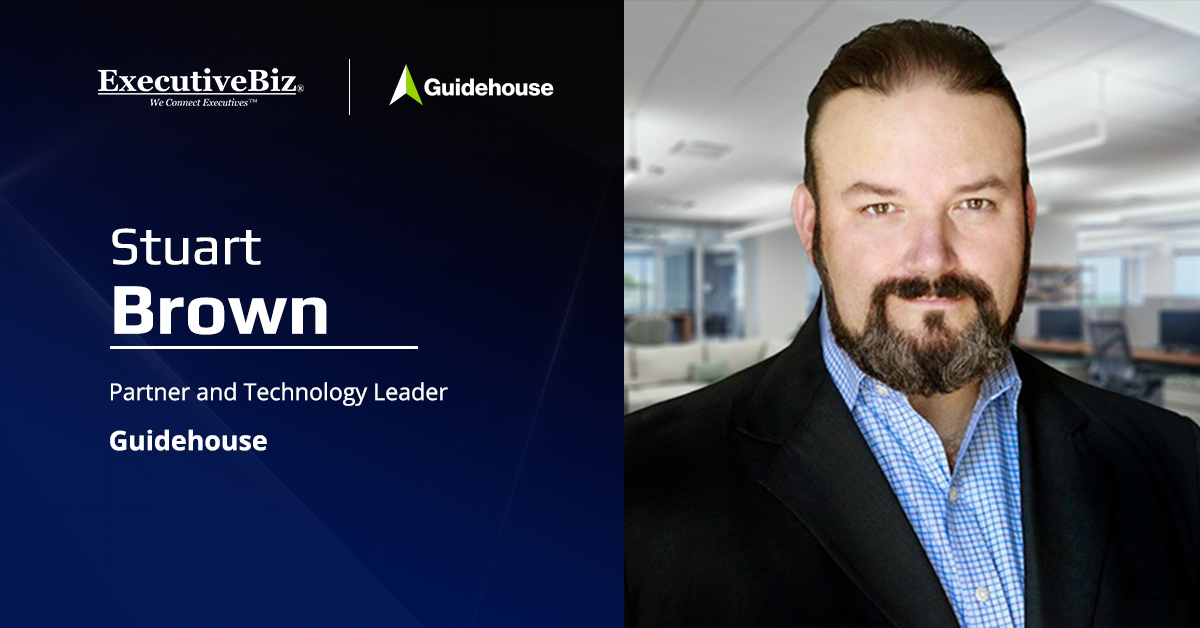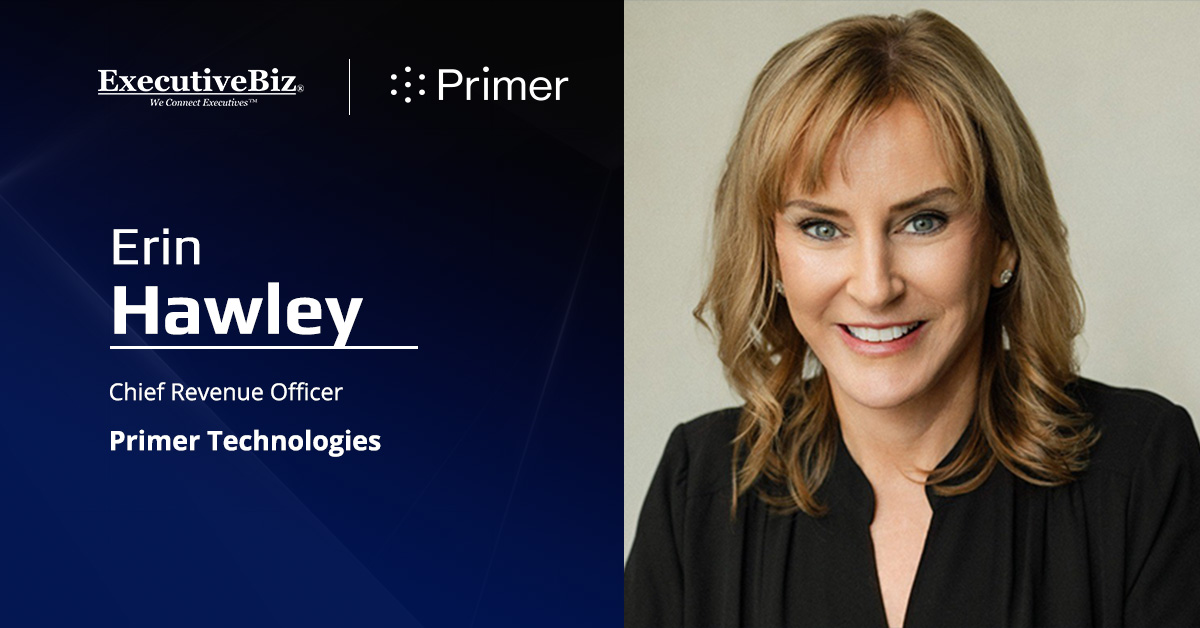Guidehouse is making a decisive leap into the future of artificial intelligence with a $1.5 billion investment aimed at reshaping how it delivers services and helping its clients navigate what it sees as a generational technology shift.
Stuart Brown, partner and technology business leader at the firm, recently sat down with ExecutiveBiz to share how the investment will unfold—and why he believes the next few years will be the most transformative in decades.
“We’re not just implementing AI—we’re helping organizations understand how to adopt it in a way that aligns with their DNA,” Brown said. “This is going to be the biggest event for most enterprises since Y2K. But unlike Y2K, this isn’t a one-day event. It’s continuous, and it will change how organizations work, top to bottom.”
For contractors looking to connect the dots on how to support the DOD in this pivotal AI moment, the Potomac Officers Club’s 2025 Navy Summit is a must-attend event. The “Optimizing Navy Decision-Making With GenAI” panel, featuring Navy Chief Data and AI Officer Stuart Wagner, will answer all of your questions and more. Register for the August 26 GovCon conference now!
Building an AI Platform for Flexibility and Scale
The investment spans across Guidehouse’s advisory, technology and managed services practices, targeting capabilities that enhance productivity, embed AI into client-facing solutions and position the firm as a leader in enterprise transformation. At the center of the initiative is a planned next-generation AI platform, which Brown described as service-based, modular and highly adaptable.
“You can expect to hear more in the back half of the year,” he said of the platform. “We’re building something that integrates Guidehouse intelligence with tools from our ecosystem partners and proprietary assets.”
The platform, he added, won’t be a plug-and-play product. It will be a curated and service-driven environment that flexes with client needs and scales alongside the fast-moving AI ecosystem.
From GenAI to Digital Coworkers
Brown, who joined Guidehouse after a nearly 30-year career at another major consulting firm, has long been on the cutting edge of AI and enterprise tech. He led a global Microsoft partnership during the early wave of generative AI experimentation, working directly with engineering teams years prior to the release of systems like ChatGPT.
“I started to see the art of the possible well before it hit the public radar,” he said. “At first it was about accelerating code generation, then content summarization. But now we’re entering an era of digital coworkers—AI that works alongside us, tuned to how we do our jobs.”
A key concept in Guidehouse’s strategy is the use of role-based and individual digital personas—AI agents designed to reflect the responsibilities and work patterns of both positions and people. These personas could carry institutional knowledge across teams and persist over time, preserving operational memory and improving efficiency.
How Guidehouse Is Applying AI Across Services
The firm is embedding AI across its service lines, particularly in its managed services business. Functions like revenue cycle management and financial crime analysis—traditionally manual and time-consuming—are being reengineered with AI to speed up results and reduce complexity.
“We’re training our people, giving them tools and incentivizing them to identify where AI can remove task-based work,” Brown explained. “That lets them focus on the higher-value, more complex problems. It’s not about replacing jobs—it’s about shifting effort to what matters most.”
Guidehouse has also made key leadership hires, including AI lead Karen Odegaard, and is exploring acquisitions and partnerships to broaden its capabilities in strategic verticals.
Guidehouse’s AI Center of Excellence
Another cornerstone of the investment is a new Center of Excellence for AI. While a physical space is in the works, the firm is launching virtually first to maintain speed and adaptability.
“I’ve built innovation labs all over the world, and the risk is always that you hard-code them and can’t evolve,” Brown said. “This one needs to be immersive and real-time.”
He envisions a space where clients can engage with the art of the possible, using live AI models to co-create ideas and simulate future scenarios. “If you’re going to get your client out of the office,” he said, “you really want to make it count.”
The Hidden Challenge: Organizational Change
For Brown, the true impact of AI goes beyond tools and platforms. The hardest part, he said, is change adoption—helping organizations integrate AI into their operations in a way that feels intuitive and aligned with their mission.
“AI allows us to take how we do business as an agency or a company and codify it,” he said. “So that little voice is always there saying, ‘This is how we would treat Charles.’ It’s about designing AI to reflect your values, not just your workflows.”
He drew a parallel to system integration projects of the past, where cutting change management often meant failed rollouts. With AI, that risk is even higher if leaders don’t plan for the human side of transformation.
Brown’s Vision for the AI Future
Outside the boardroom, Brown is also an advocate for applying AI in education. He sees huge potential in using tools like prompt engineering to develop logical thinking and structured reasoning in students.
“Too many people see AI as cheating,” he said. “But prompting well requires logic. And if we teach logical thinking, that’s exactly the kind of skill we want in the next generation of employees.”
As AI reshapes the consulting industry and beyond, Guidehouse’s $1.5 billion investment signals not just a bet on technology—but on people, process and purposeful transformation.
“This is how we preserve what makes organizations unique and deliver that consistently at scale,” Brown said. “That’s the opportunity—and that’s the responsibility.”
Discover the U.S. Navy’s most pressing AI needs from industry at the 2025 Navy Summit on Aug. 26!






